Written by Marie-Laure Augère-Granier,

Poultry meat is the second most produced and consumed meat in the European Union, after pig meat. The sector is known as one of the most intensive farming systems in the EU, with some farms numbering more than 100 000 birds. This intensive system features high stocking densities, indoor rearing and the use of fast-growing breeds obtained by genetic selection. It is estimated that 90 % of meat chickens are raised in such systems in the EU. However, alternative chicken production systems (free-range and organic) are on the increase in many EU countries. As regards egg production, the 400 million laying hens kept throughout the EU produce close to 7.5 million tonnes of eggs a year.
EU chicken and egg producers are supported by the common market organisation, as part of the common agricultural policy (CAP), which regulates trade, marketing standards and exceptional support measures in the event of disease outbreaks. Producers can also receive investment support from the CAP’s second pillar, through various rural development measures co-funded by the Member States. Research carried out in the poultry sector is also supported by rural development funds within the agricultural strand of the European Innovation Partnership.
The poultry and egg sectors are governed by a number of EU legislative acts. These span food safety, public and animal health, environmental protection, trade and marketing standards, and animal welfare throughout the production process, including transport and slaughter. Specific legislation lays down minimum rules and specific requirements for the protection of chickens and laying hens.
Many of the issues currently affecting the sector are linked to its large-scale and intensive production methods. While high stocking densities and fast growth impact negatively on poultry welfare, intensive production can also be detrimental to the environment and human health.
When it comes to international trade, the EU is among the top four chicken meat producers, along with the United States, Brazil and China. Its trade balance is positive in volume and the EU is expected to increase its exports as global demand is set to remain strong, particularly in Asia, sub-Saharan Africa and the Middle East. The EU is also the world’s second largest producer of eggs, after China, and a net exporter of eggs and egg products.
In a recent non-legislative resolution on animal welfare, antimicrobial use and the environmental impact of industrial broiler farming, Parliament expressed its concern about the inappropriate implementation of the EU directive on the protection of broilers by some Member States and the increase in multi-drug-resistant zoonotic agents in chicken farming. It therefore called on the European Commission to draw up a roadmap to promote better chicken farming practices.
Read the complete in-depth analysis on ‘The EU poultry meat and egg sector: Main features, challenges and prospects‘ in the Think Tank pages of the European Parliament.
Listen to policy podcast ‘What do you know about chickens and eggs?’ on YouTube.

![The EU poultry meat and egg sector: Main features, challenges and prospects [Policy podcast]](https://theme-one.epthinktank.be/app/uploads/2019/12/eprs-ida-644195-eu-poultry-meat-egg-sector-final.jpg)
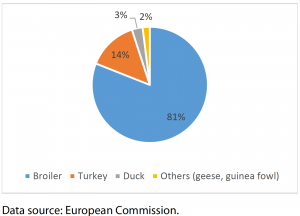
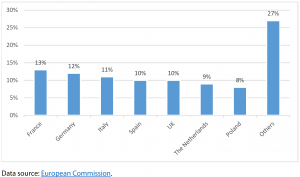
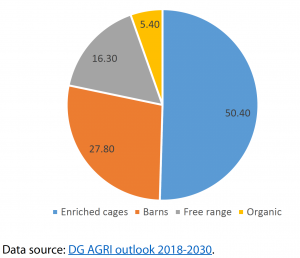
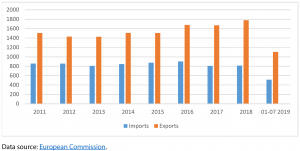
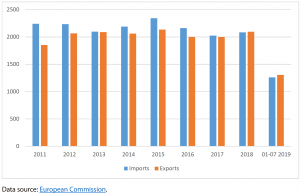






[…] […]